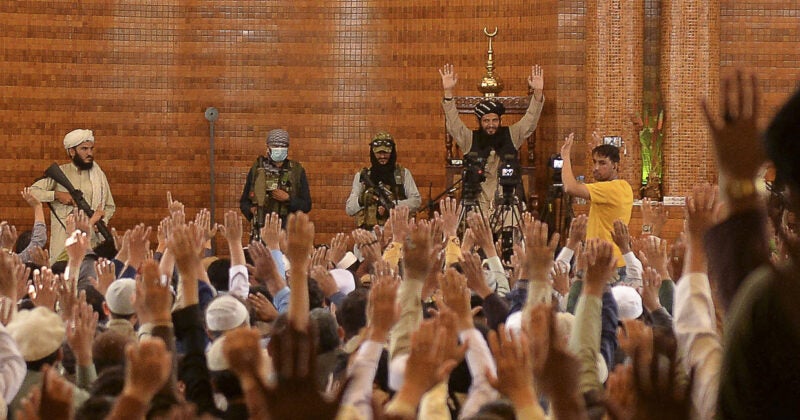
Security for the convoys is provided by private companies, through the “Host Nation Trucking” contract of March 2009, worth $2.16bn (16.6% of Afghanistan’s 2009 GDP). Every month, 6,000-8,000 convoys deliver supplies to around 200 military bases: everything from ammunition and petrol to toilet paper and television sets ( 3). The main target of extortion is the US military, and more specifically, its local contractors. We already pay the Taliban, so we should end this hypocrisy.” But the current minister and international donors repeat the official line: we do not pay insurgents. If we get the roads finished, vehicle traffic and business will automatically increase security. The former deputy minister for public works, Wali Mohammad Rasuli, who retired four months ago, defends the system: “I have talked to President Hamid Karzai about this on two occasions, for more than two hours. This small project is not an isolated case. The provincial governor is delighted, and the Americans, who are funding the project through their Provincial Reconstruction Teams, a military programme designed to “win hearts and minds”, turn a blind eye. With the Taliban, it costs me $10,000, and the construction site is safe.” There had been four or five attacks on the site, but for the last six months everything has been calm. “If I had to pay 100 guards it would cost me $20,000 a month. That is because they were provided by the local Taliban for the duration of the works, for a fee of $67,000.

He employs guards to look after his equipment half are dressed in uniform, while the other half wear traditional tunics and beards.

Mojaddedi is currently building 7km of road beneath the mountains in Laghman province. Elsewhere the Taliban live on money donated by fake non-governmental organisations, and by kidnapping, and smuggling cedar wood and chromite ore to Pakistan.”Ībdul Kader Mojaddedi, 32, is an engineer, and nephew of Sibghatullah Mojaddedi, the leader of the Afghan Senate and the first president of Afghanistan after the fall of the communist regime in 1992. “We don’t know to what extent profit from opium in Helmand province ( 2) is redistributed to the poorer provinces. “Most money is raised at the local level,” said Kirk Meyer, director of the Afghan Threat Finance Cell at the US embassy in Kabul. It is generally believed that the Taliban get most of their money from opium, but drug money is only 10-15% of their revenue, according to a 2009 report by the UN Office of Drugs and Crime ( 1). The more Afghanistan is reconstructed, the richer the Taliban become. “They torture and kill, and run countless rackets.” Omar’s Taliban counterpart, the “shadow governor” of Kunduz, takes a percentage of almost all construction work in the area, including roads, bridges, schools and clinics. The governor of Kunduz, Mohammad Omar, is not sure what went wrong: did the elders not pay enough, or just not to the right people? “The Taliban do what they like around here,” he told me. So, one day in March 2010, Shah came back to the site from his lunch break to find that his workers had been taken hostage by armed men and most of his equipment had been destroyed, at a loss of $227,000. When a third one arrived, the elders explained that they had no more money. Then another Taliban turned up: they paid him too. The elders paid $18,000 to make sure the road was not destroyed before it had even been completed.

But on the first day of construction, a member of the Taliban approached the district council of elders, who had commissioned the work, and demanded protection money.

The 25km road was funded by the Asian Development Bank at a cost of $82,000. Last year Hajji Mohammad Shah began to build a new road outside the city of Kunduz in northern Afghanistan, to allow farmers in the Chahar Dara district to take their products to market in the provincial capital.


 0 kommentar(er)
0 kommentar(er)
